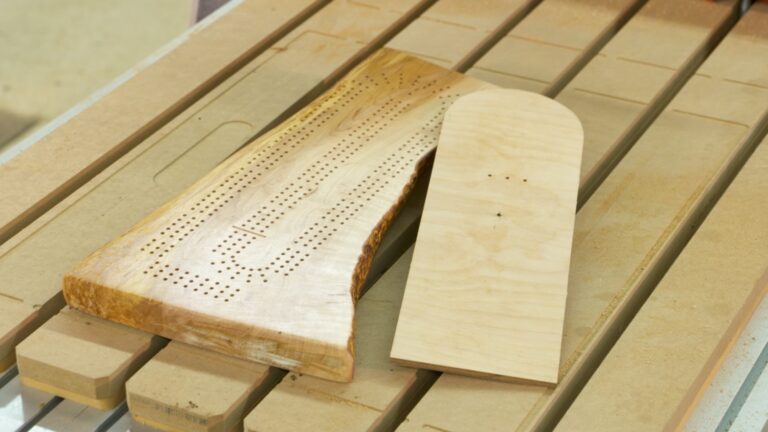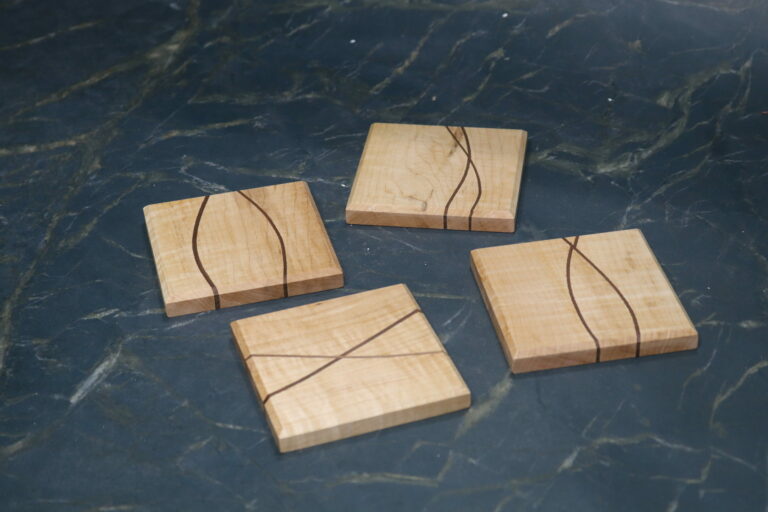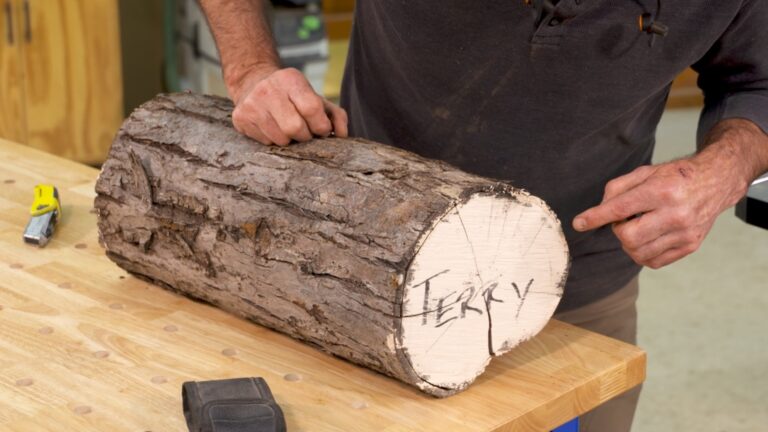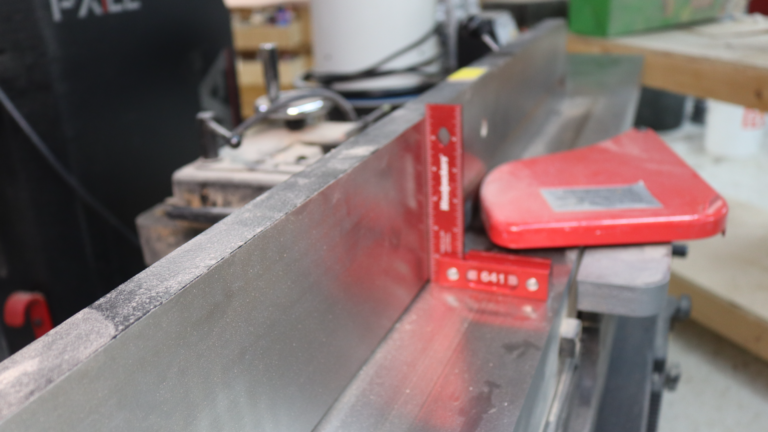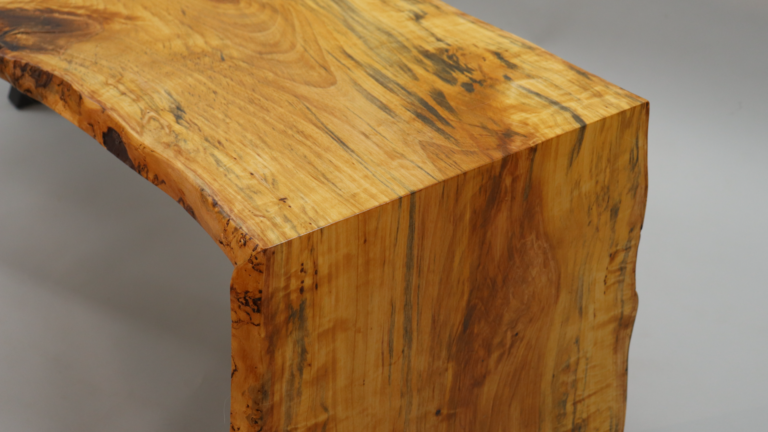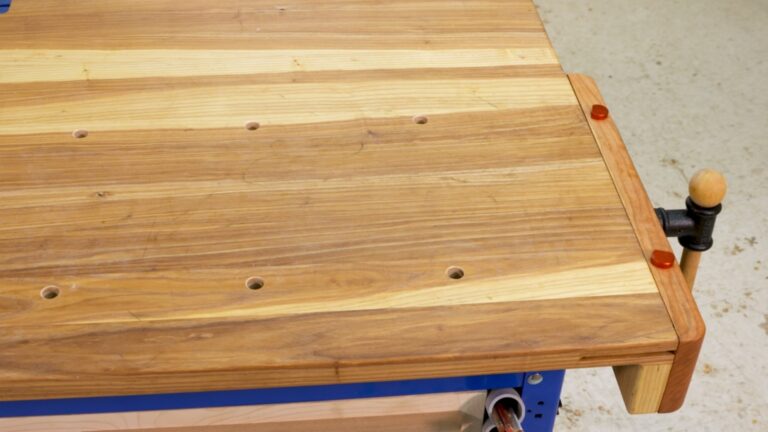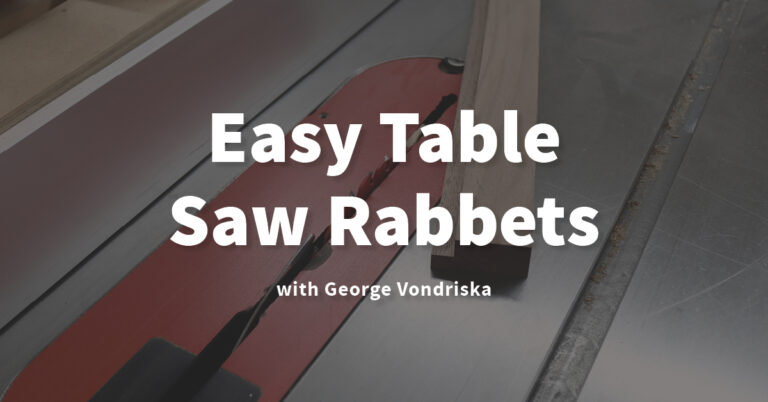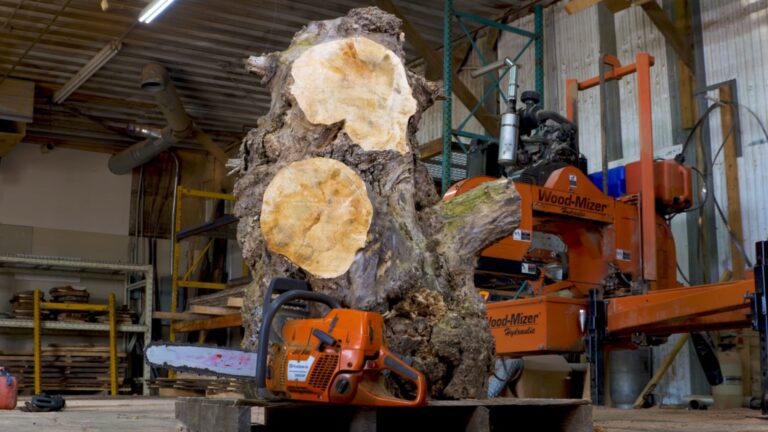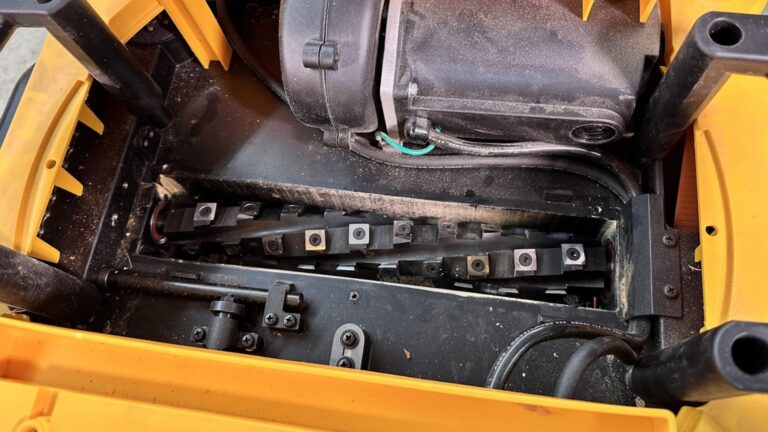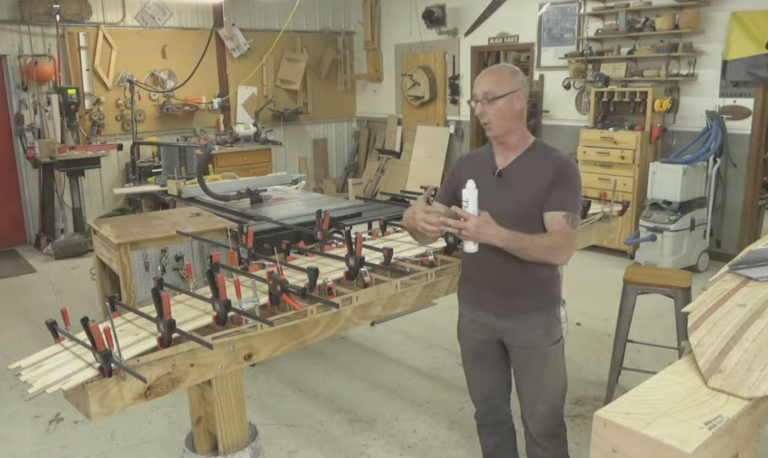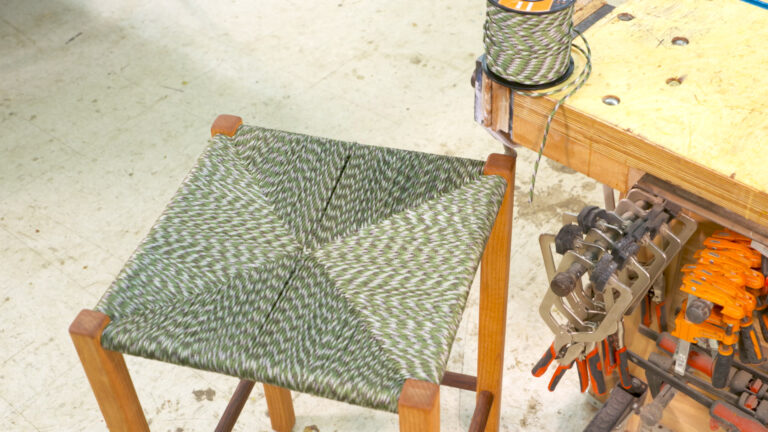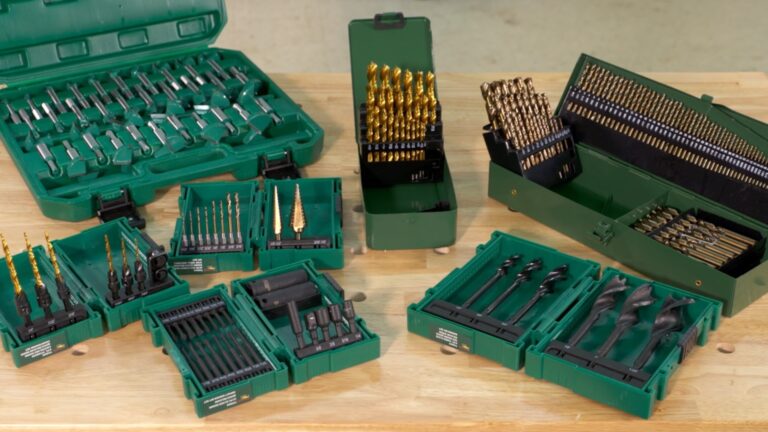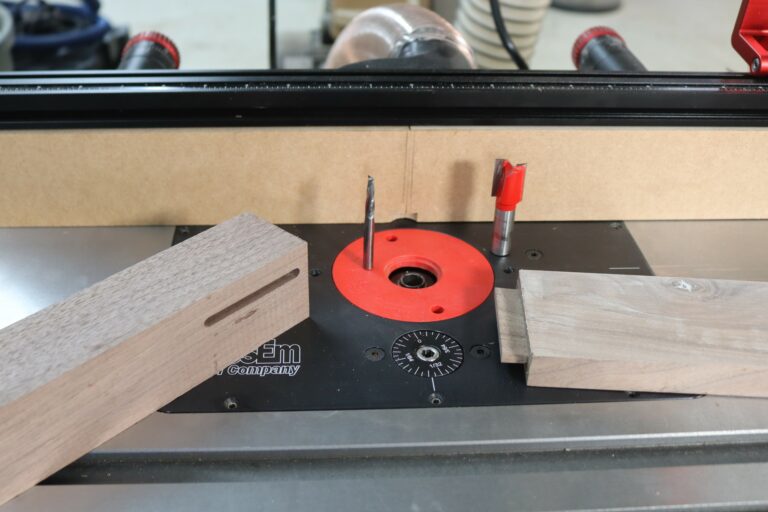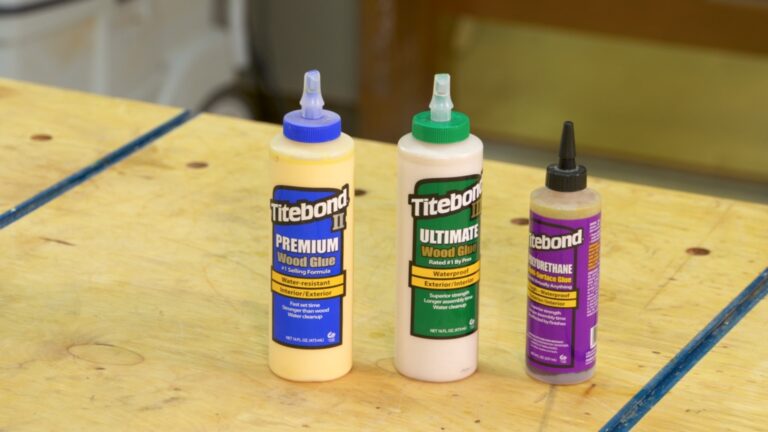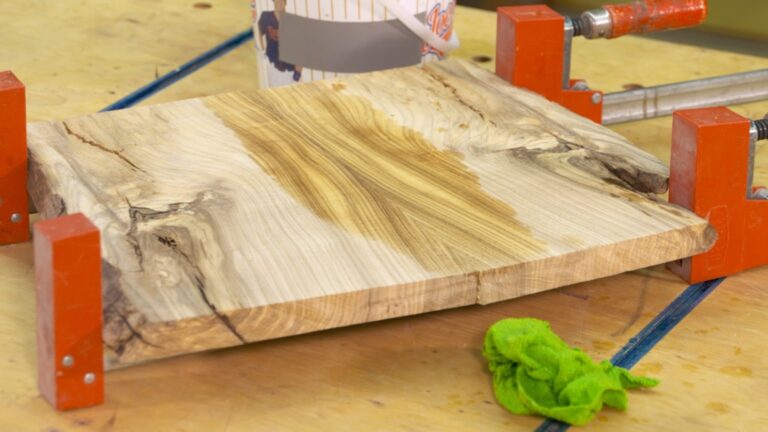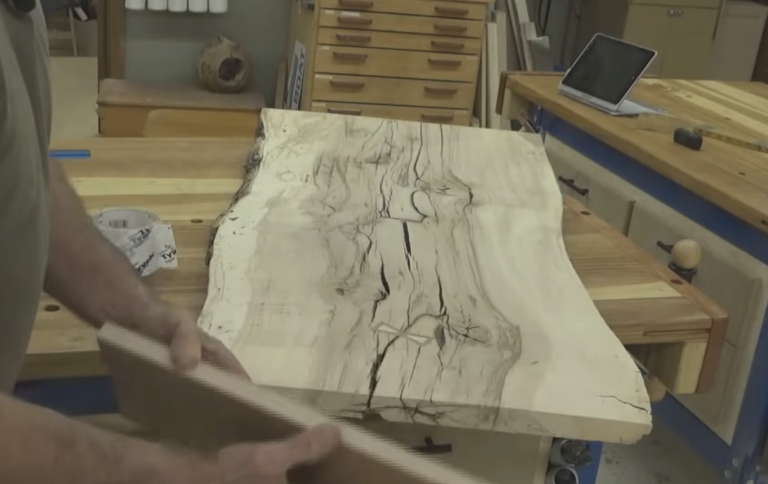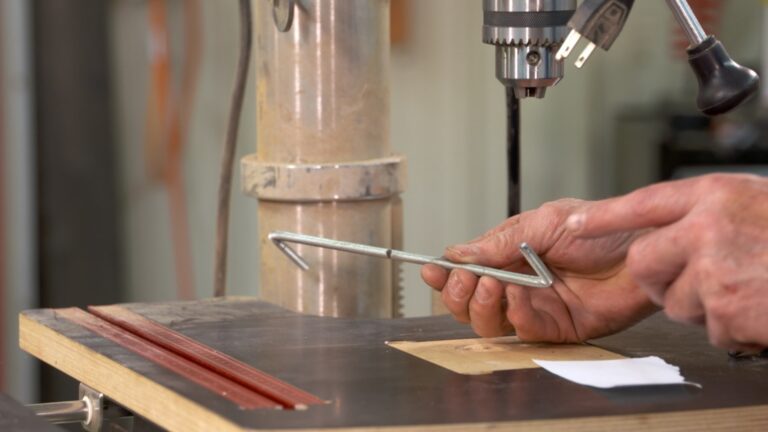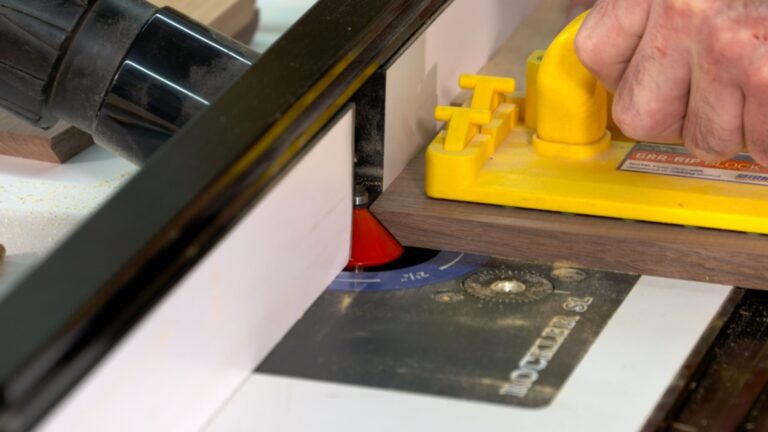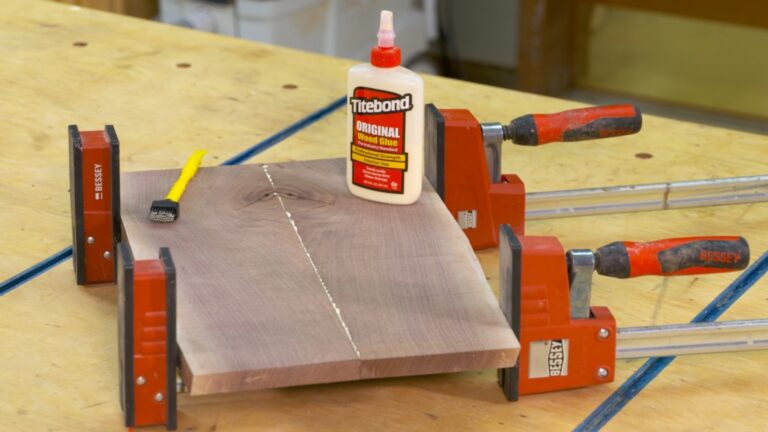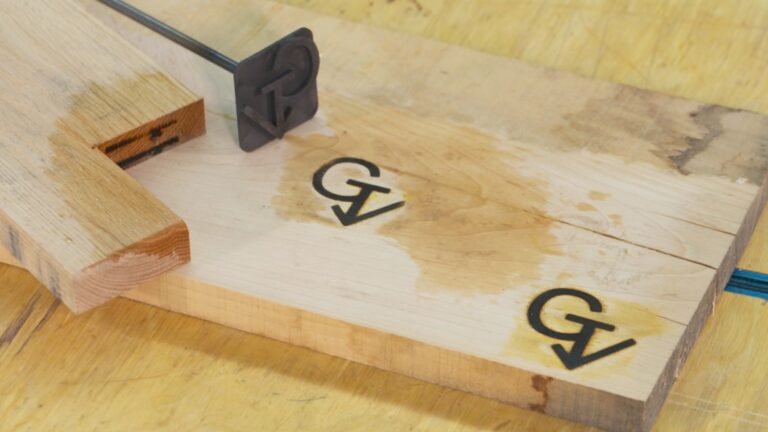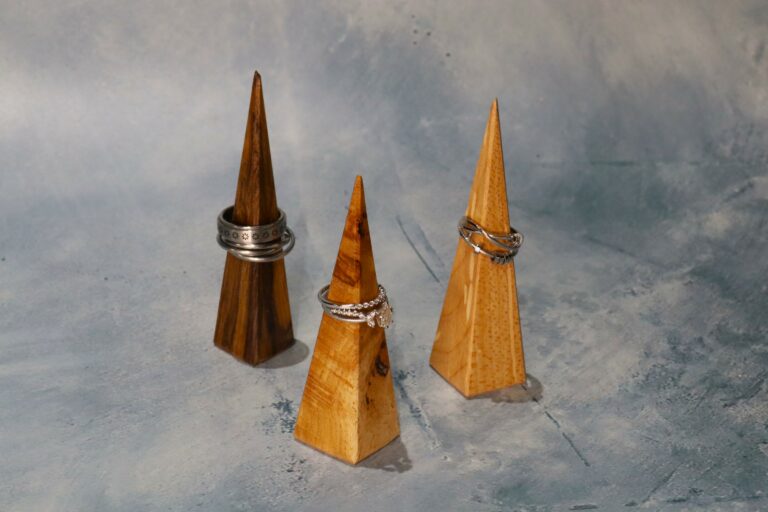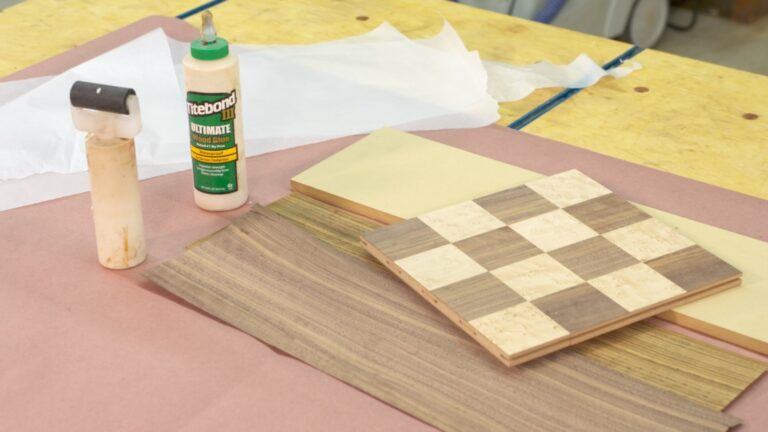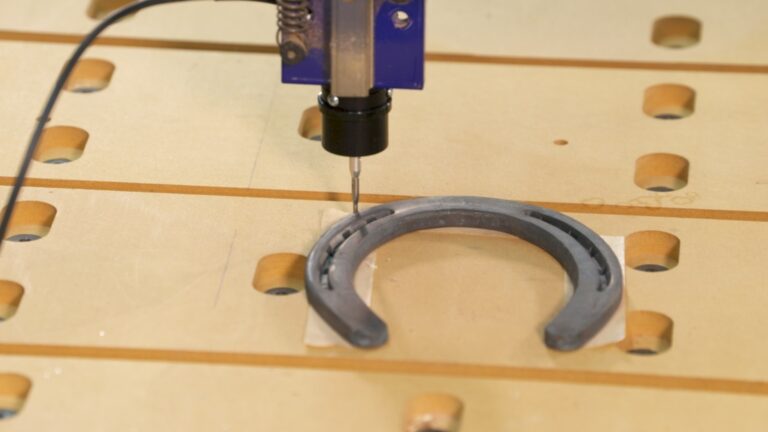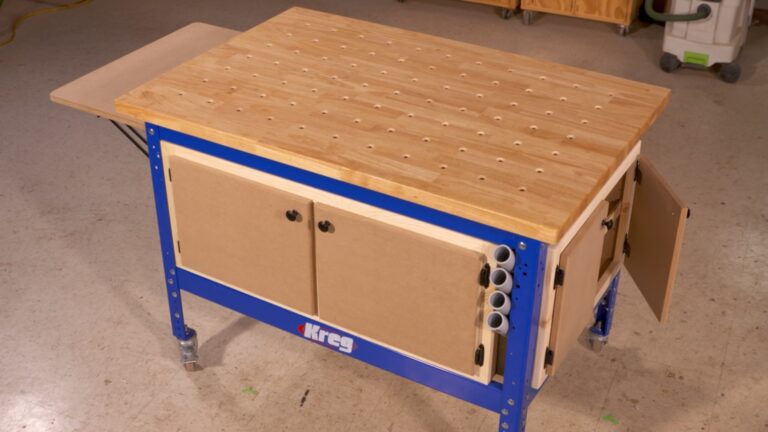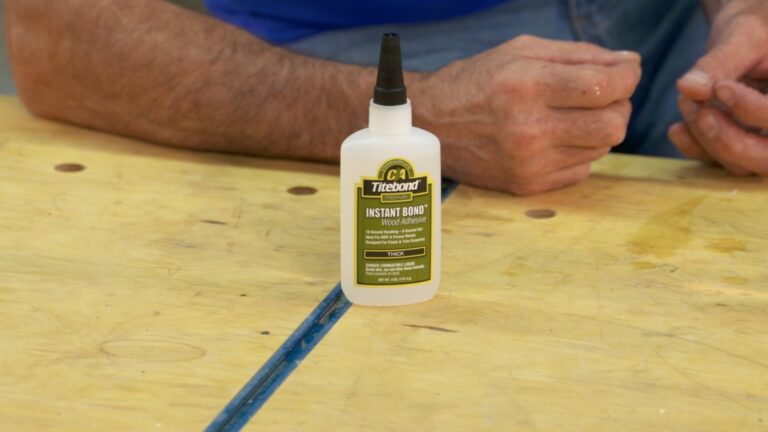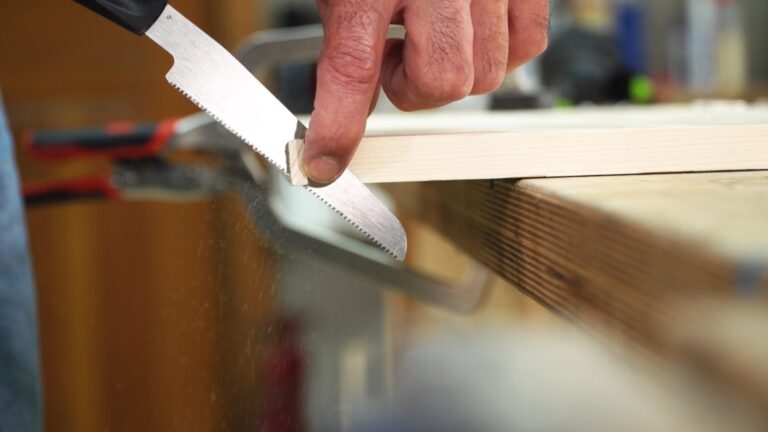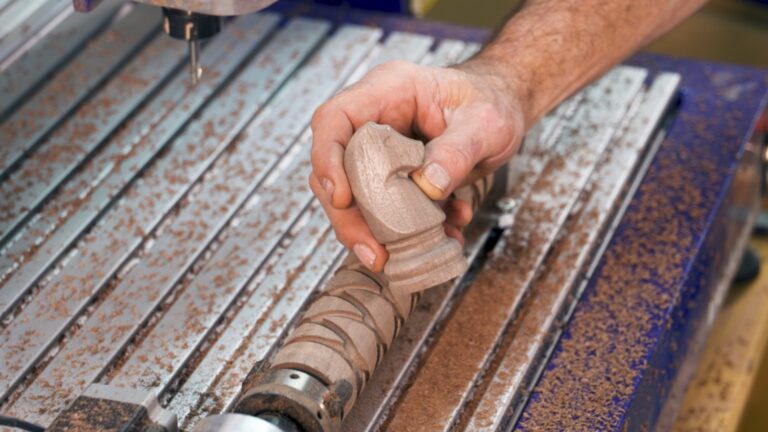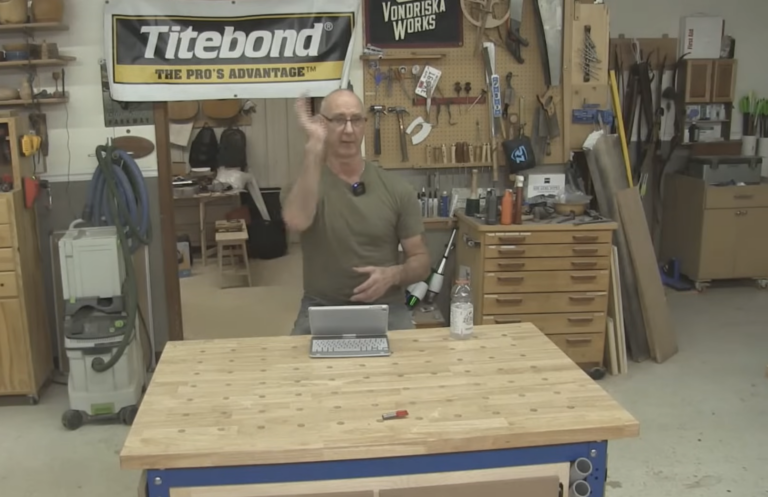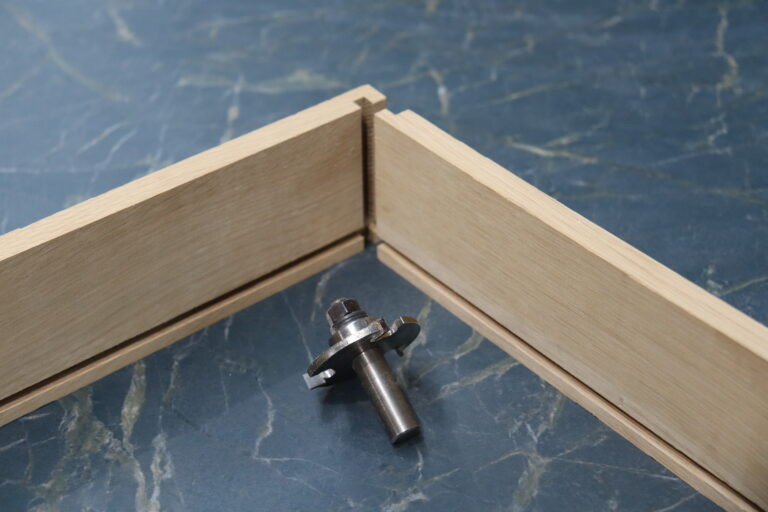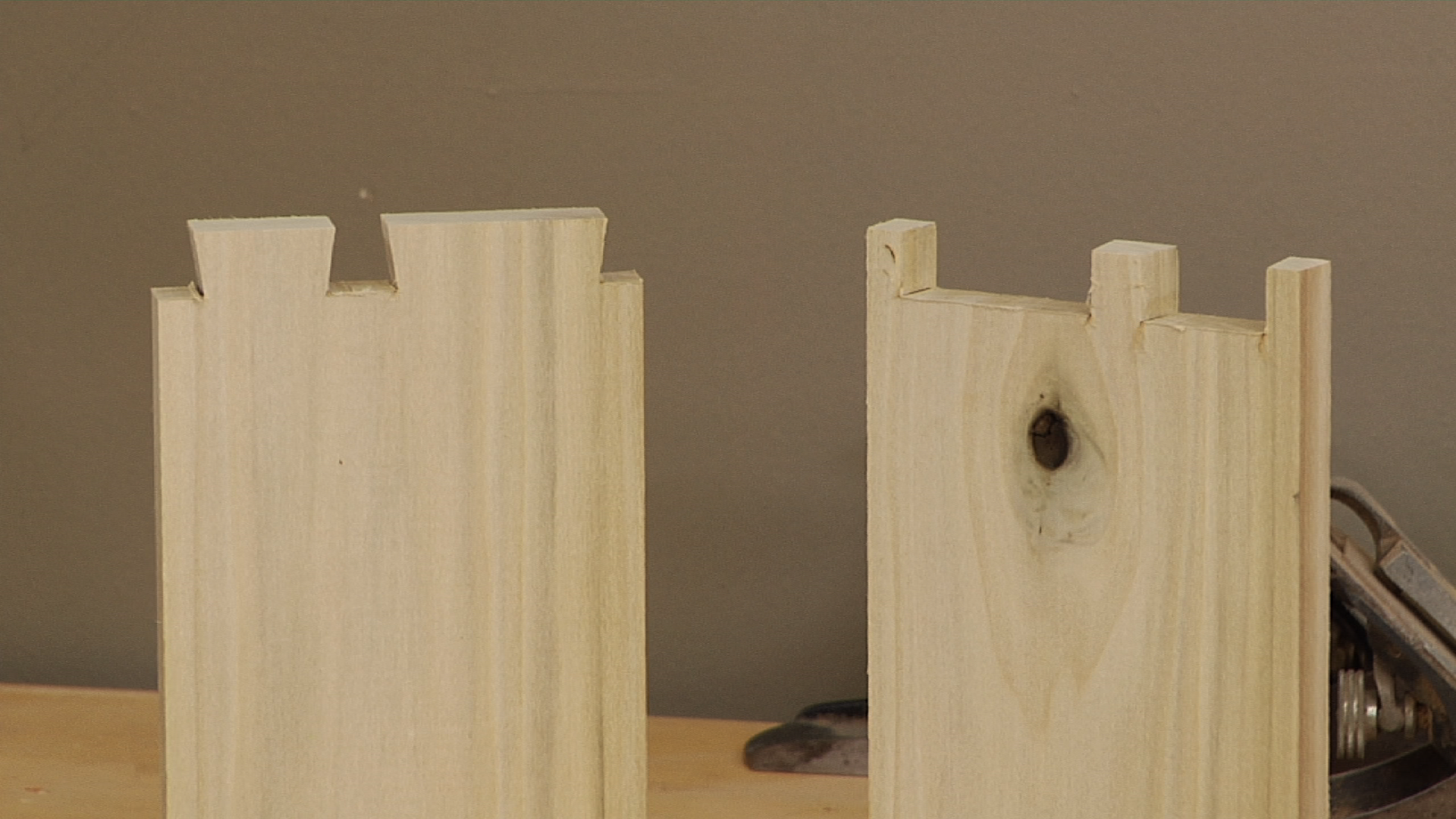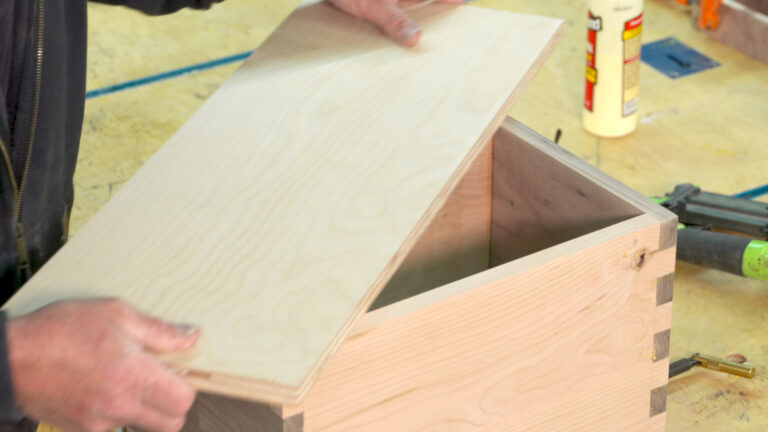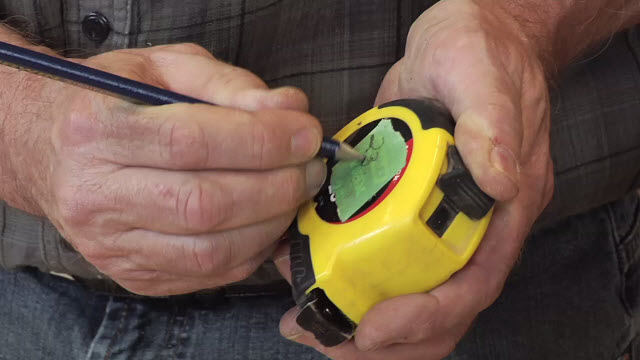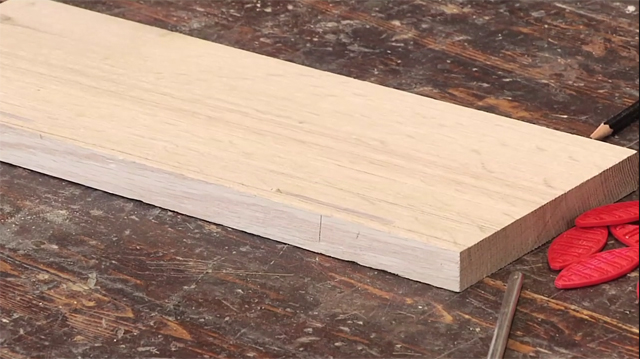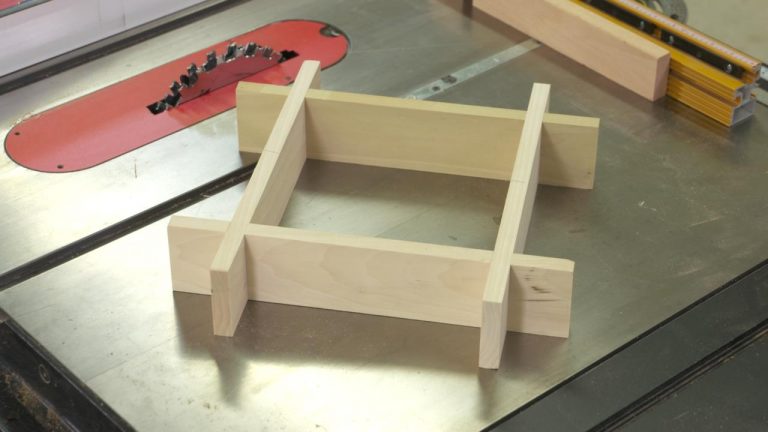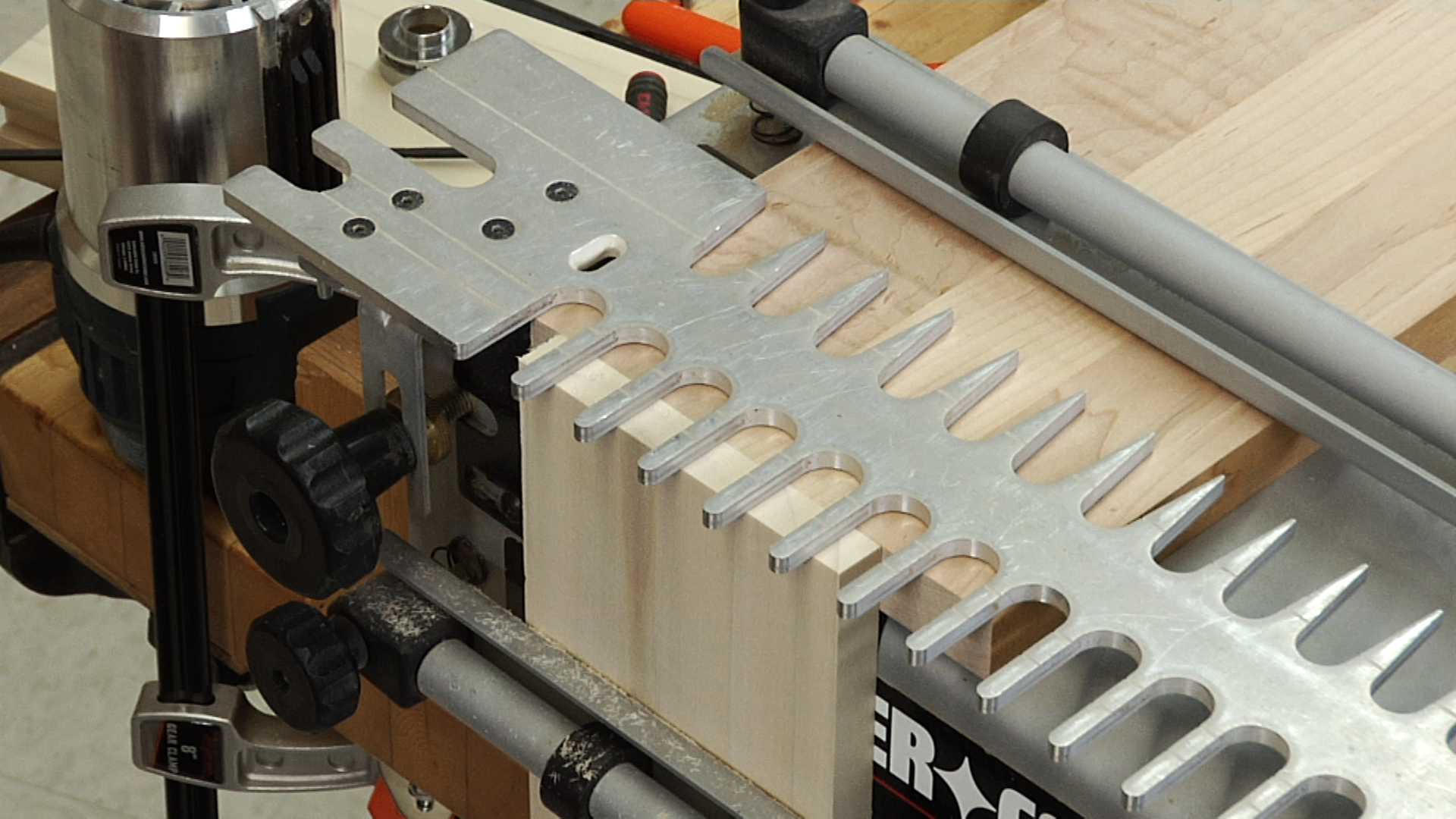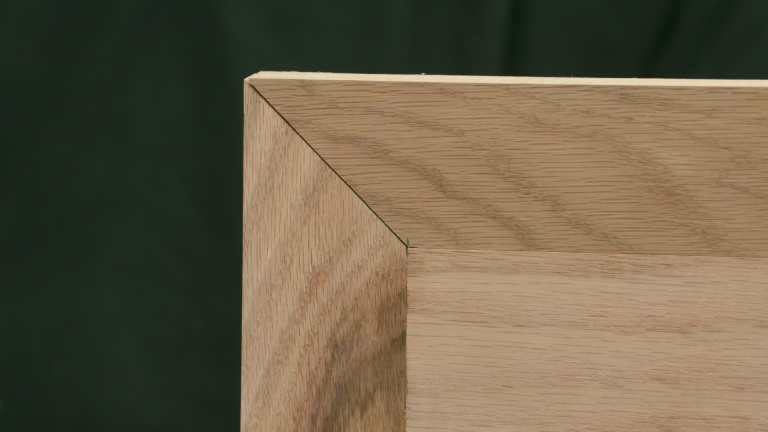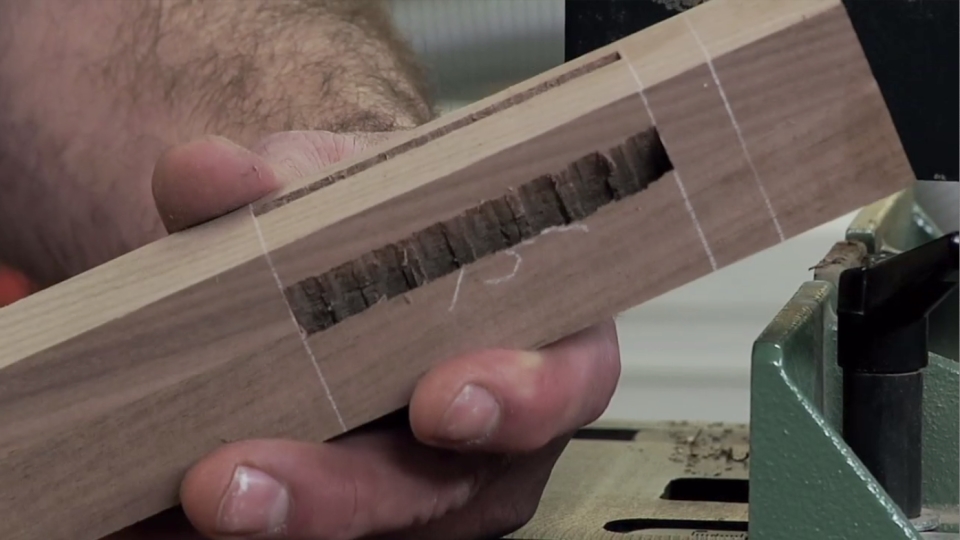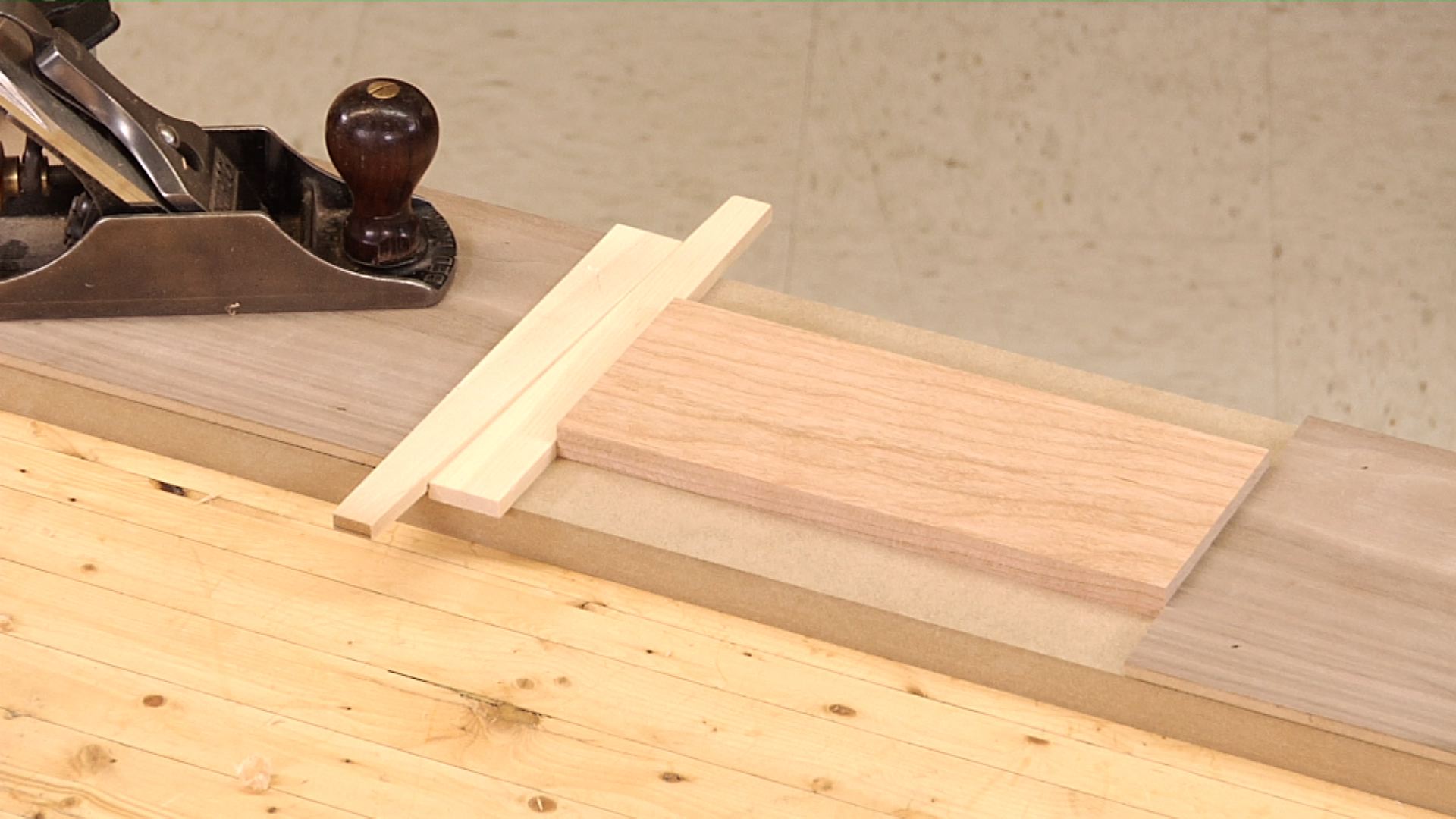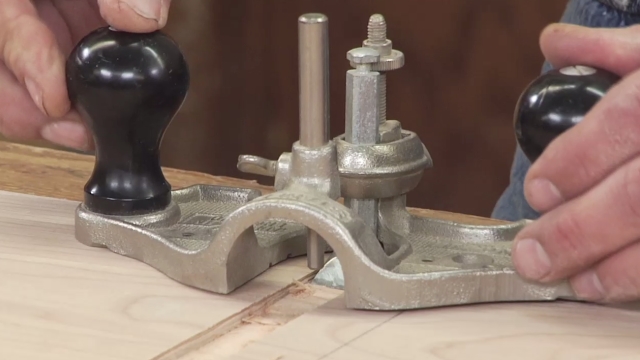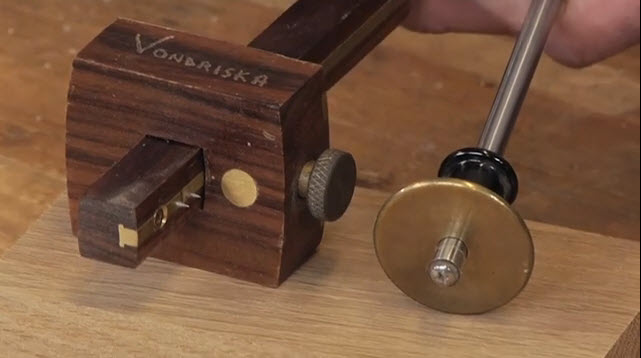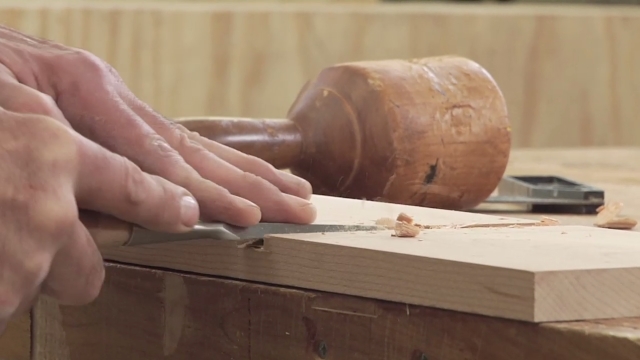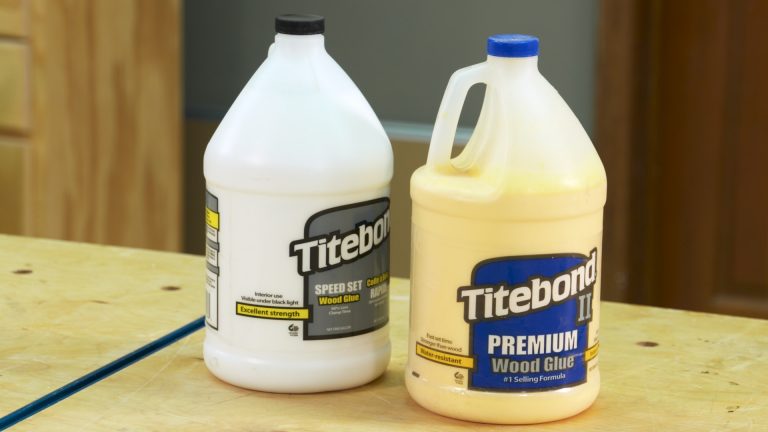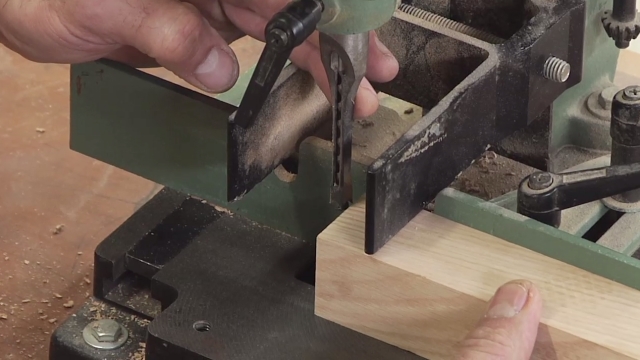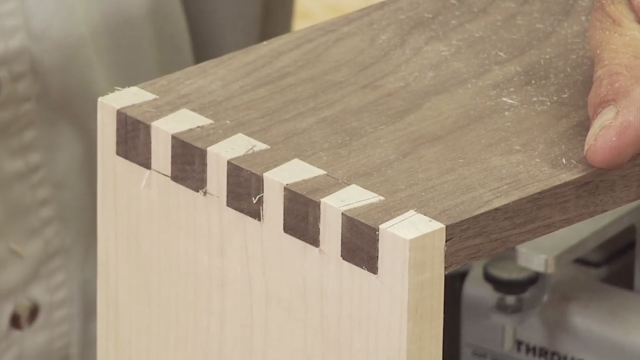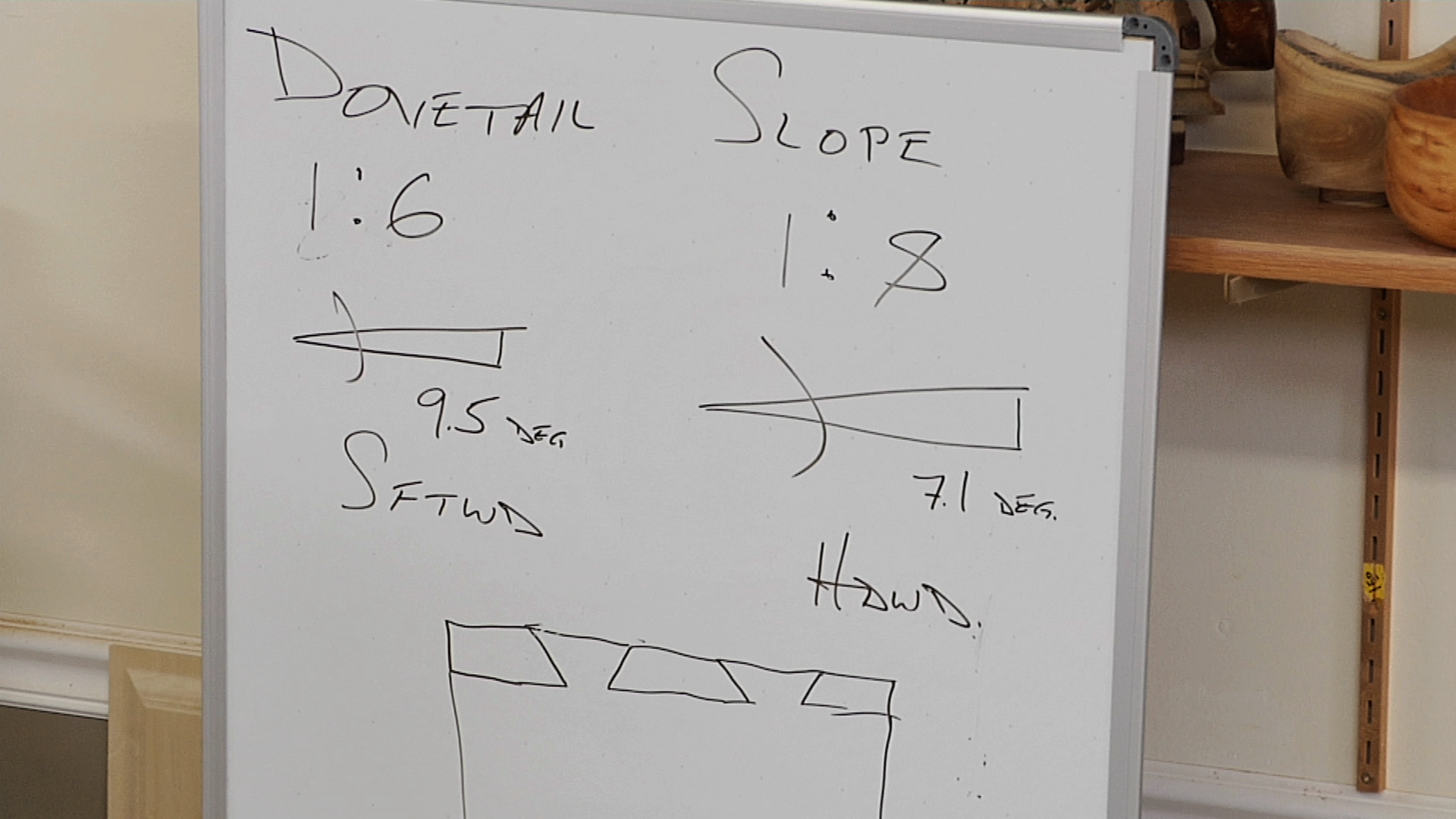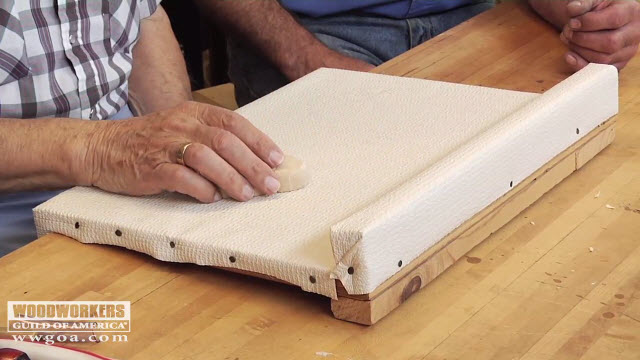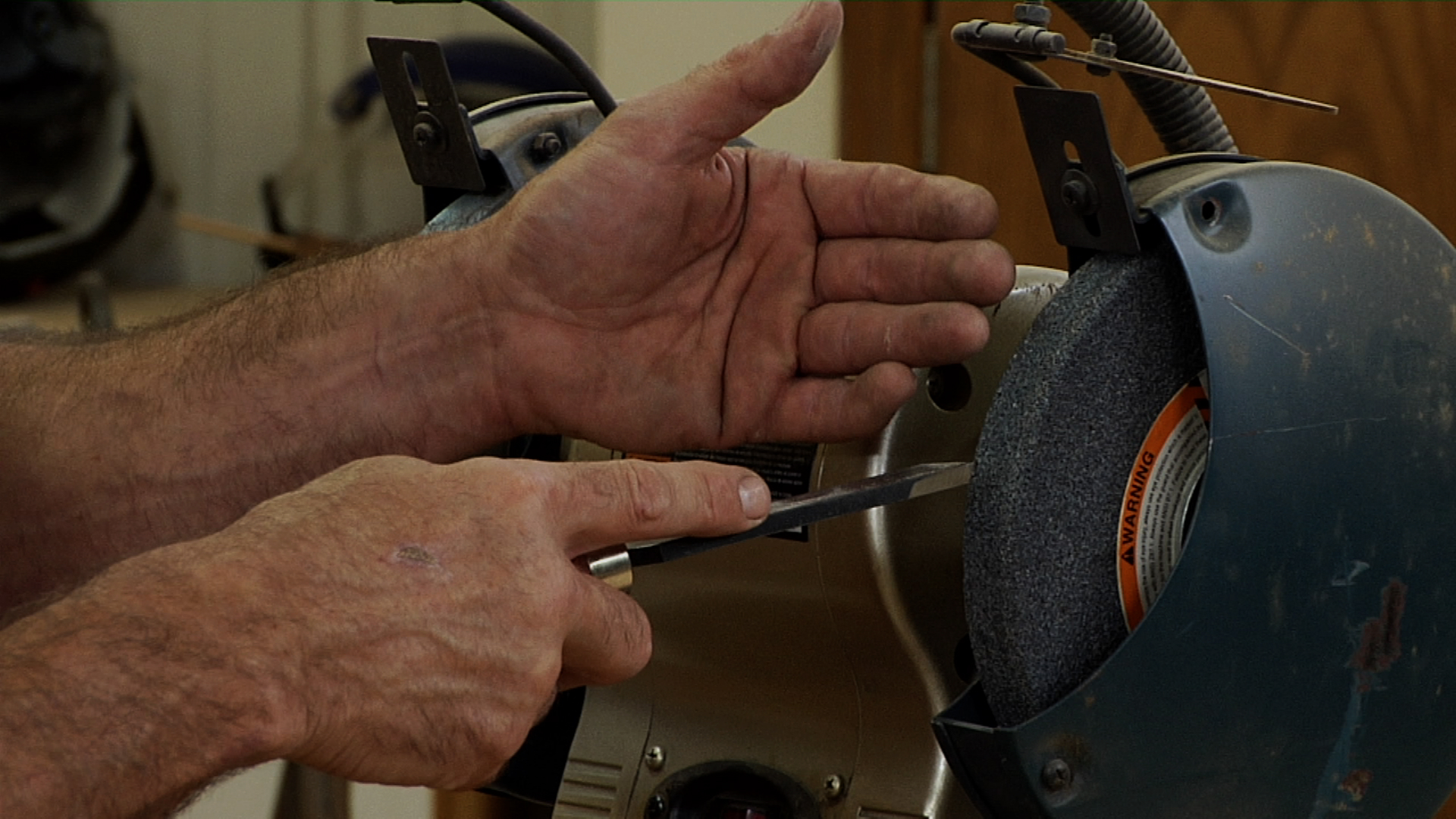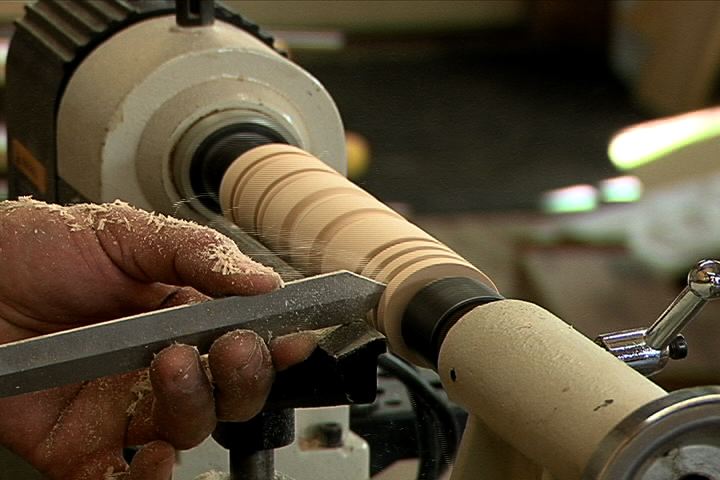
Trimming Dovetails: Block Plane
George VondriskaEveryone loves the look of dovetail joinery, so it makes sense to fine tune your ability to create this great joint. There are a number of important steps involved in creating the joint in your woodworking projects, but one that is commonly not given enough attention is the process of making the joint flush. After the mating pieces come together, it is typical that the pins protrude slightly above the surface of the tails, as it is a lot easier to remove material from the tops of the pins than it is to remove from the entire drawer or box side. If you know how to use a block plane, correcting this can be straightforward.
One common approach that woodworkers use to flush dovetail joints is to use a power sander, but this can leave rounded corners and a dull surface finish. That’s why many craftsmen choose to use a block plane for this process. A blockplane leaves a crisp corner and lustrous surface finish if you know how to use a block plane and follow a few key steps.
Choose the right block plane
There are many types of block planes to choose from, and some are better than others for planing the end grain on dovetail pins. Choosing the right tool and knowing how to use a block plane will reduce the risk of tear-out and improve your surface finish.
Cutting direction matters
There is a proper technique for doing this that yields great results, and lots of ways to do it wrong that will cause frustration. George will show you what to do and what not to do.
Patience and practice
Knowing how to do this is an important first step, but the only way to get good at this is to practice and be patient with yourself.
Explore videos by George Vondriska
You may be interested in
Premium Membership
Unlock exclusive member content from our industry experts.
- 24/7 Access to Premium Woodworking Videos, Projects, and Tips
- Step-by-Step Instructional Demos, Plans, and Tutorials
- 50% Off Video Downloads Purchased in the Woodworkers Guild of America Shop
- 2 Printable Woodworking Plans
Unlock exclusive member content from our industry experts.
- 24/7 Access to Premium Woodworking Videos, Projects, and Tips
- Step-by-Step Instructional Demos, Plans, and Tutorials
- 50% Off Video Downloads Purchased in the Woodworkers Guild of America Shop
- 2 Full-Length Video Downloads to Watch Offline
- 2 Printable Woodworking Plans
Gold Membership
$370 Value
Get everything included in Premium plus exclusive Gold Membership benefits.
- 24/7 Access to Premium Woodworking Videos, Projects, and Tips
- Step-by-Step Instructional Demos, Plans, and Tutorials
- 8 Full-Length Video Downloads to Watch Offline
- 3 Full-Length Woodworking Classes to Keep for Life
- 7 Printable Woodworking Plans
- Discounts on Purchase-to-Own Content in the Woodworkers Guild of America Shop
- Access to Ask the Expert Program
- Exclusive GOLD LIVE Streaming Events
